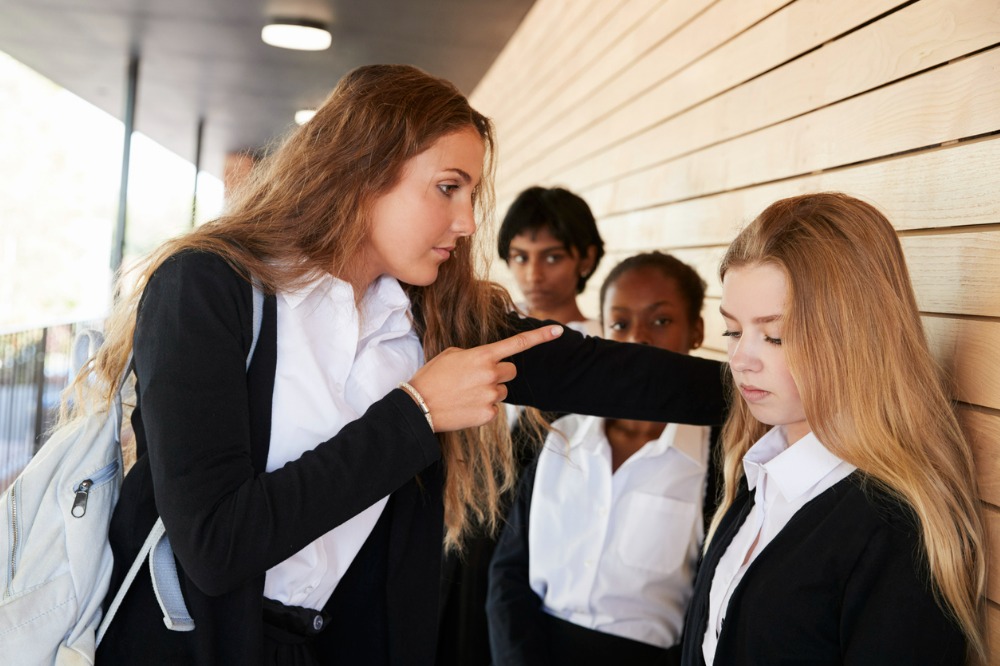
One in six Australian students report being made fun of by their peers, according to a new report by the Australian Council for Educational Research (ACER).
ACER’s second report, which analysed the latest data from the OECD Programme for International Student Assessment (PISA) test, shows Australian children are facing some of the highest rates of bullying in the world.
Dr Elise Waghorn, interim Program Manager for the Graduate Diploma of Early Childhood, at RMIT University said Australian students felt less safe at school compared to the OECD average, with only students from Poland, New Zealand, Hong Kong, and the United States feeling less safe.
"Australian students with the highest exposure to bullying scored an average of 27 points lower than their peers, equivalent to a year of learning,” Dr Waghorn said. “There is a strong correlation between disruptive and bullying behaviour and school performance.”
Two-fifths of students in Australia (42%) reported noise and disorder in most classes, and high levels of distraction due to digital resources like smartphones and apps were reported by 40% of students.
One-third of students (33%) claimed that their classmates didn't listen to what the teacher said, an issue that exacerbates young people’s disengagement from their learning.
“There are many impacts of bullying, disorder and disrespect that go beyond the classroom, which include children feeling disconnected, missing school, experiencing lack of quality of friendships, lowered self-esteem, and increased depression and anxiety,” Dr Waghorn said.
“Parents can support children by affirming that the bullying not their fault. When they tell you about instances of bullying, reassure them that you will not take any action without discussing it with them first.”
Dr Waghorn said it is important that parents avoid encouraging retaliation such as violent acts.
“Instead, praise your child for reaching out and asking for help, remind them that they are not alone.”
ACER’s latest report follows data released earlier this year by Australia’s eSafety Commissioner, which recorded a significant increase in cyberbullying reports.
Last year, eSafety received 2,383 reports of cyberbullying compared to 1,700 in 2022, with two-thirds of reports (67 per cent) concerning children aged 12 to 15 years.
Acting eSafety Commissioner Kathryn King said eSafety’s investigators tend to see an increase in cyberbullying reports during the school term because online bullying is frequently an extension of bullying behaviour in the playground or classroom.
“Before school returns, it’s helpful to sit down with your children to reassure them they can always come to you if they see anything online that makes them feel uncomfortable – but to also remind them to treat others with respect,” King said.
“It’s also helpful to discuss why any parental and privacy controls are in place for their safety and agree on when and where they can use their devices.”
King noted the rapid take-up of sophisticated AI technologies, which she warned was changing the nature of online abuse.
“We encourage families not to make online safety a ‘set and forget’ issue,” she said.
“Even as eSafety applies pressure on industry to do more to make their platforms and services safer, we’re also asking parents, carers, aunties, and uncles to actively guide and support children’s online experiences.”


